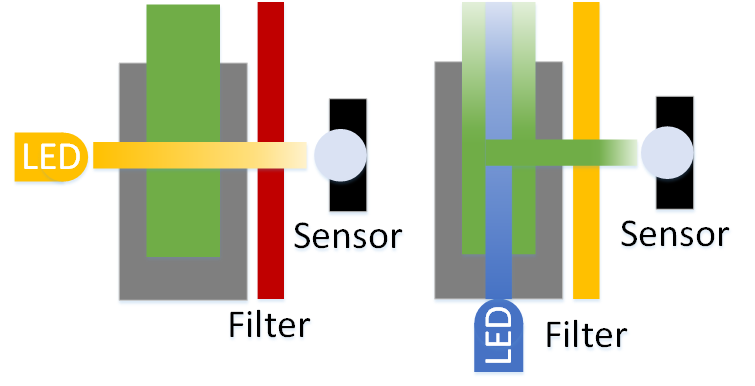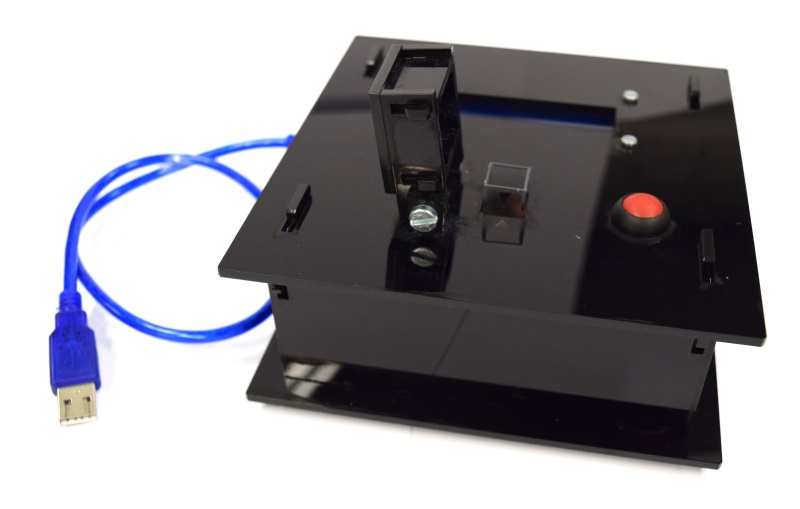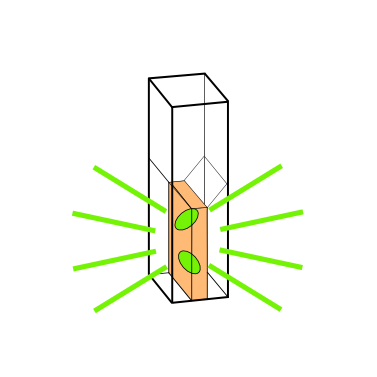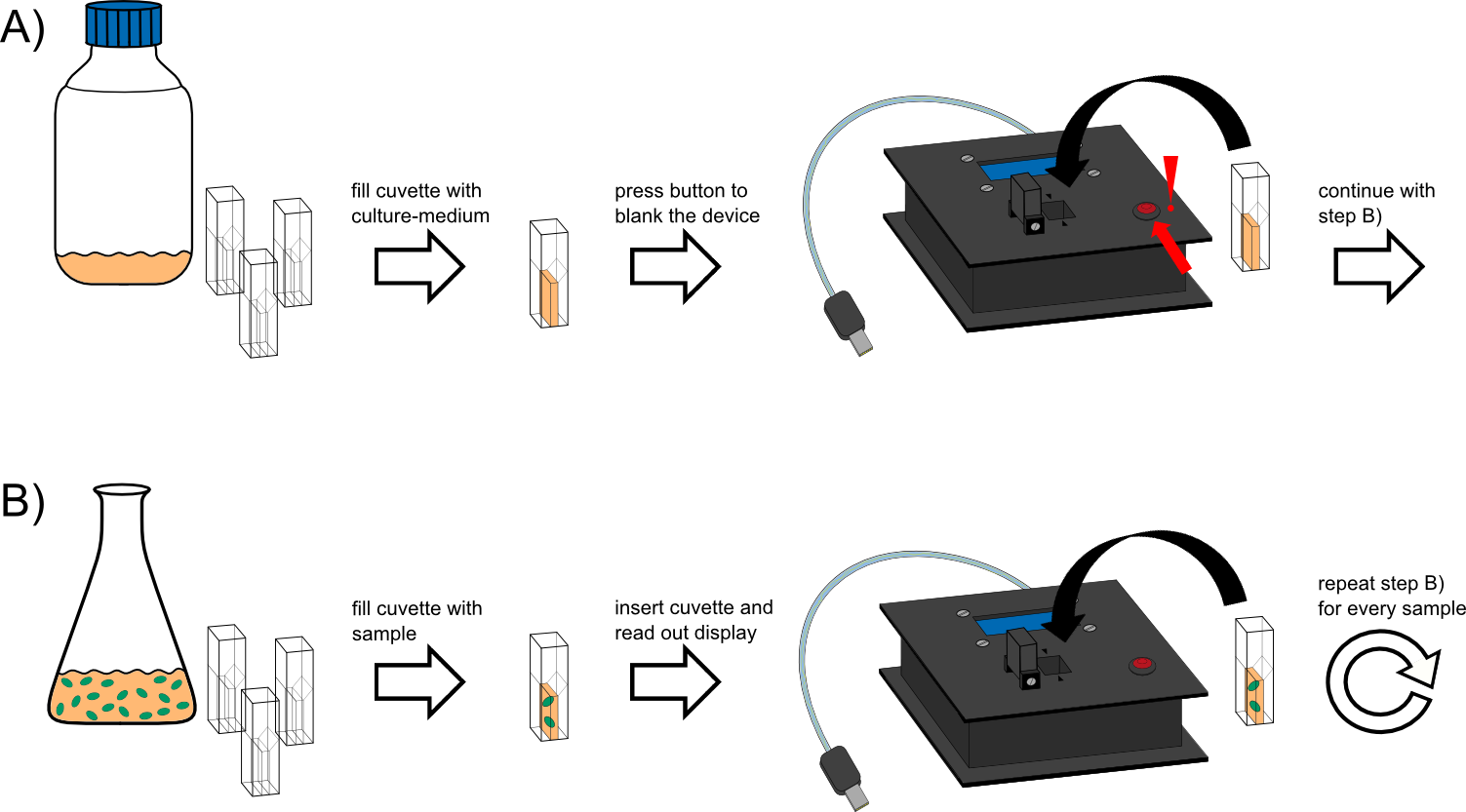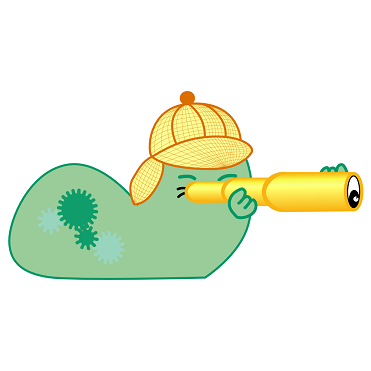Team:Aachen/OD/F device
From 2014.igem.org
(→OD/F Device) |
(→Achievements) |
||
| Line 98: | Line 98: | ||
== Achievements == | == Achievements == | ||
<span class="anchor" id="odfachievements"></span> | <span class="anchor" id="odfachievements"></span> | ||
| + | |||
| + | In fact, you can find some DIY posts for turbidity meters such as [http://www.thingiverse.com/thing:74415 turbidity sensors]. However, a proper assessment of their linearity as well as a calculated OD-value are missing. | ||
| + | |||
| + | Regarding fluorescence, we are of course not re-inventing the wheel (well, not totally). The [https://2010.igem.org/Team:Cambridge 2010 iGEM Cambridge] team actually built a very similar device, the [https://2010.igem.org/Team:Cambridge/Tools/Eglometer E.glometer]. However, there's no data available showing an actual comparison of the data from their device and some proven commercial system to, for example, assess linearity of the measurement. | ||
When building the OD/F Device, '''our goal''' was to develop a system that | When building the OD/F Device, '''our goal''' was to develop a system that | ||
| Line 108: | Line 112: | ||
* can measured both optical density and fluorescence | * can measured both optical density and fluorescence | ||
| - | + | Commercially available equipment uses lasers and a set of two fine filters, one between laser and sample and one between sample and sensor. To reduce the cost price, our OD/F Device uses a simpler measuring principle: it is designed with one low-quality filter, between sample and sensor, and illuminates with an LED instead of a laser. However, the LED is not as accurate as a laser and has a non-optimal spectrum. In addition to that, due to missing filter between the laser and sample, stray light might influence the measurement. Nevertheless, one main goal was to produce an inexpensive device. Given that we therefore had to compromise some of the measurement quality, were we still able to produce stable, precise and good data? | |
| - | Commercially available equipment uses lasers and a set of two fine filters, one between laser and sample and one between sample and sensor. To | + | |
| - | + | ||
| - | + | ||
[graphs showing the awesomeness of our OD/F device] | [graphs showing the awesomeness of our OD/F device] | ||
| - | + | The answer is: Yes! With the optimal design of our cuvette holder we achieved good-quality results albeit using the cheap filter. | |
| + | |||
| + | The device works with a single button, used for setting a reference/blank measurement and is straightforward to use. We made a commercial assessment of the OD/F device that results in a total cost of 60 $. The unit is built with light plexiglass for the casing and the compact design and weighs less than 200 g and can be easily connected to any power adapter via USB. Thetechnical details and a construction manual of OD/F device is [https://2014.igem.org/Team:Aachen/Notebook/Engineering/ODF#diy published] on our wiki. | ||
[[File:Aachen_14-10-16_Outlook_Cellocks_iNB.png|right|150px]] | [[File:Aachen_14-10-16_Outlook_Cellocks_iNB.png|right|150px]] | ||
| + | |||
== Outlook == | == Outlook == | ||
<span class="anchor" id="odfoutlook"></span> | <span class="anchor" id="odfoutlook"></span> | ||
Revision as of 16:39, 17 October 2014
|
|
|
|
 "
"

